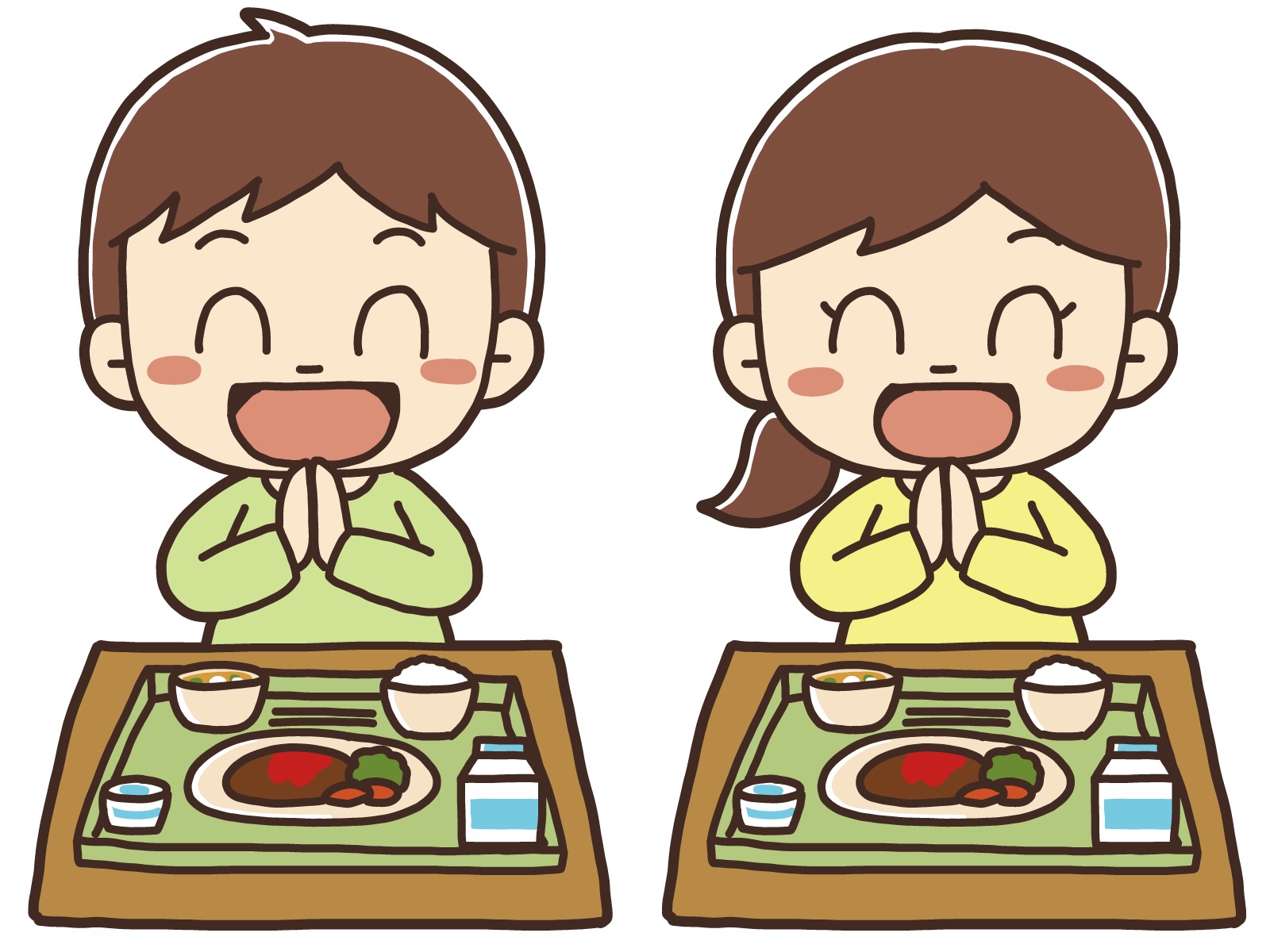What Does “Itadakimasu” (いただきます) Really Mean?
Posted by: Miyabi, mom of two little boys
As a mother raising two young sons in Japan, I’m teaching them something we say every single day before meals: “Itadakimasu” (いただきます).
If you’re learning Japanese, you’ve probably heard this phrase before meals — but did you know it has deep cultural and emotional meaning?
“Itadakimasu” Isn’t Just “Let’s Eat”
“Itadakimasu” is often translated as “Let’s eat!” or “Bon appétit!” But the real meaning is more thoughtful and rooted in Japanese values.
1. Gratitude for Life and Food
The word expresses appreciation for the life that was taken to provide the meal. Whether it’s vegetables or meat, something gave its life for us to eat.
By saying “itadakimasu” (いただきます), we’re really saying:
“I humbly receive this life as food.”
2. Thanks to People Who Made the Meal Possible
“Itadakimasu” also shows gratitude to the people behind the meal:
- The farmers who grew the rice and vegetables
- The fishers, butchers, and food producers
- The cook — whether it’s your mom, dad, or a chef at a restaurant
It’s a way of saying:
“Thank you for letting me receive this meal.”
What Does the Word “Itadaku” (いただく) Mean?
“Itadakimasu” is the polite (humble) form of the verb “itadaku” (いただく), which means “to receive” in a respectful way.
In casual Japanese, you might say “morau” (もらう) to mean “receive.” But “itadaku” (いただく) is the respectful version — used to show humility.
So literally, “itadakimasu” (いただきます) means:
“I humbly receive.”
Teaching “Itadakimasu” to My Children
When my sons sit down at the table, we say “itadakimasu” together with a little bow.
It’s a small act, but it teaches them respect — for nature, for others, and for food.
As they grow, I hope they’ll understand that eating isn’t just about filling our stomachs — it’s about being thankful for what we receive.
Conclusion
So next time you hear or say “itadakimasu” (いただきます), remember: it’s not just a habit. It’s a beautiful expression of gratitude, culture, and humility.
Learning real Japanese culture, one phrase at a time?




Comment